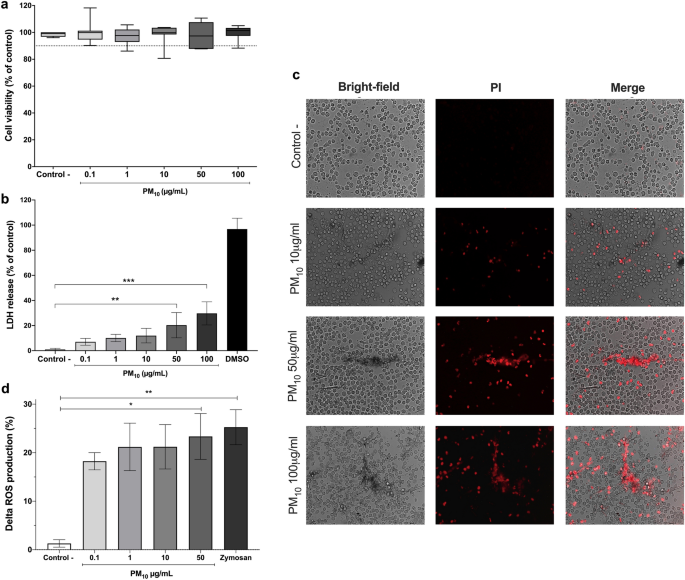ABSTRACT
Background
This study aimed to investigate the perceptions and opinions of orthodontists and periodontists on the management of gingival recession in orthodontic patients.
Methods
An online survey was sent to 29 periodontists and 80 orthodontists registered and currently practising in New Zealand. All participants answered questions about the timing and clinical indications of mucogingival surgeries in orthodontic patients diagnosed with mucogingival deformities.
Results
Most periodontists and orthodontists believed that gingival grafts should ideally be performed after orthodontic treatment. In clinical practice, 40% of periodontists indicated that they would receive referrals after completion of orthodontic treatment. However, 29.6% of orthodontists indicated that they would refer to a periodontist before orthodontic treatment in clinical practice. The most crucial factor that affected periodontists' decision making was 'evidence-based guidelines' (35.0%), followed by 'clinical experience' (30.0%) and 'patient concerns' (15.0%). All four factors of 'gingival phenotype', 'presence of gingival recession', 'amount of keratinised tissue' and 'planning specific tooth movements' were equally considered by orthodontists regarding their decision-making.
Conclusions
The majority of the surveyed New Zealand periodontists and orthodontists expressed a belief that the ideal timing for the management of gingival recessions would be after the completion of orthodontic treatment. © 2022 Australian Dental Association.


